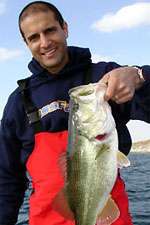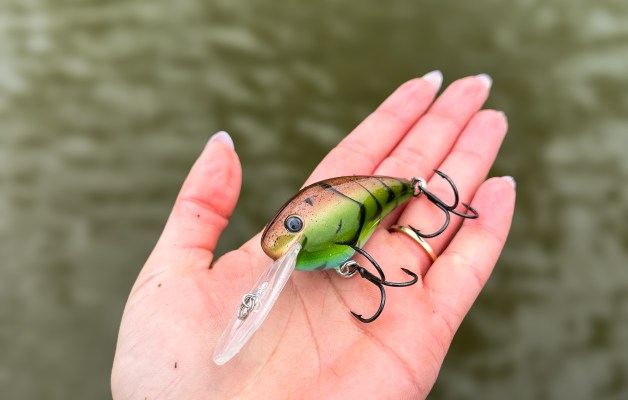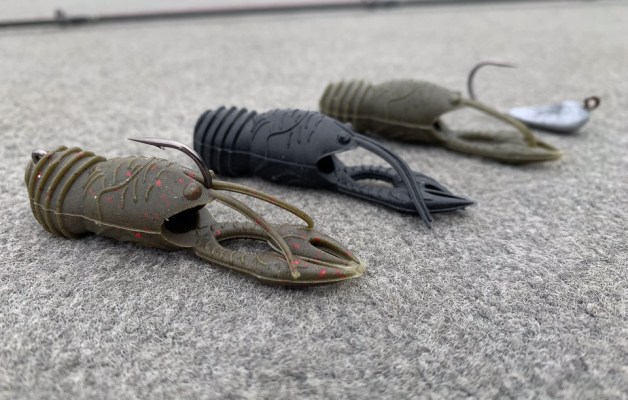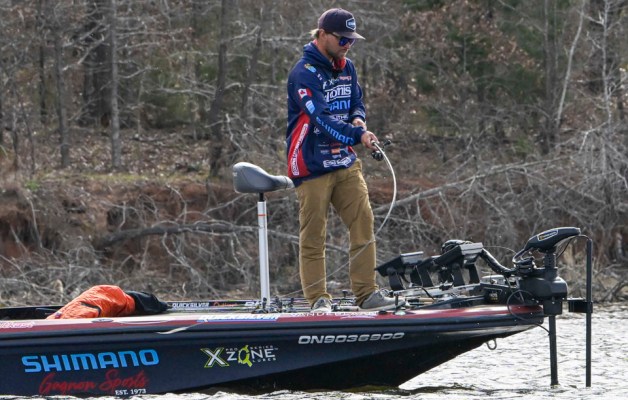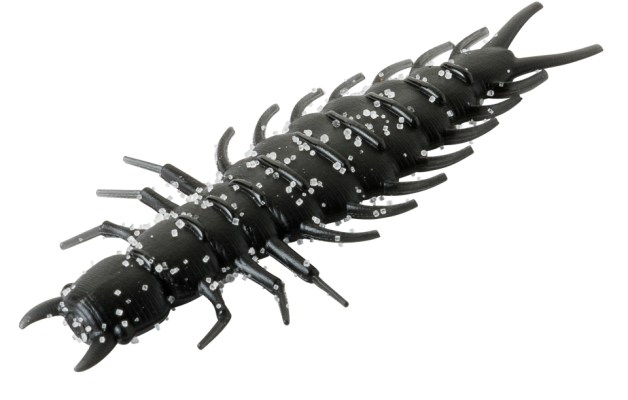So you show up at an 80,000-acre lake (a bit less since Falcon Lake is 30 feet low) with your 20-foot boat in tow … What do you do? Where do you start?
If you’re an Elite Series pro with experience on Falcon, you have an idea. If you don’t have a lot of experience, you could tap into some local info, but that’s anecdotal – and relying on dock talk is never a good bet. But other than that you’re outta luck, and don’t have a lot of time to figure ’em out.
Lucky for you, there’s BassGold.com. Seriously. Because it shows you what definitely has worked – how tournaments were won. Not what “should” work, what you “think” will work, or what locals “say” will work. The 5,000 patterns in BassGold are not exclusively Elite tournament patterns either, so you can benefit from the winning patterns of great local fishermen.
In this case, you might think that the offshore crank bite is the deal, but is it really? Here’s what BassGold shows.
Macro Factors
If you generate a spring months “Pattern Report” for Falcon, you’ll see what looks like a big offshore bite, with almost 65% of winning and high-placing (second-fifth) patterns coming on main lake points and main lake offshore structure.
But removing the second-fifth data from the graph shows that main lake points account for the most wins, with secondary points and “shoreline” tied for second. Pay particular attention to “shoreline” because it seems counterintuitive.
Main lake offshore structure, creek channel structure and “back of coves” are tied for third most effective for wins.
Interestingly, second-fifth patterns are almost all on main lake points and main lake offshore structure, which means that a lot of folks fish those spots to do well, but there are several ways to win.
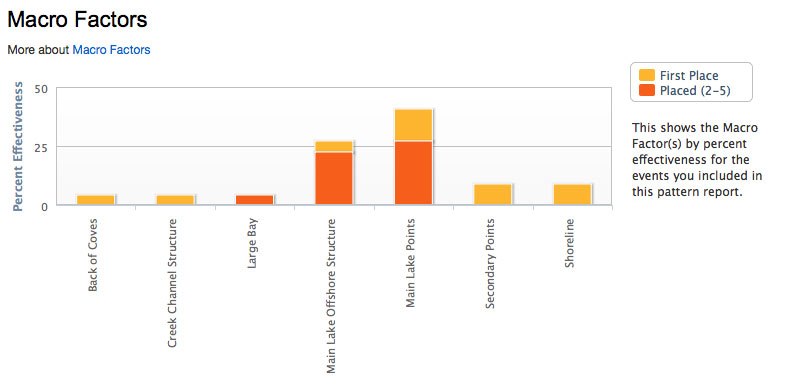
Habitat Factors
If you want to win, you better be fishing around some cover. Rock and wood are tied for most important for wins, but for fifth place and higher, it’s mostly rock with wood in second.
What structure is most important in this tournament will depend on where Falcon’s mobile bass populations are.
Baits
With all the talk about cranking or jigging Falcon, you may be surprised to learn that soft plastics have historically done the best, with “worm” (including Senkos), “tube/grub/craw” and “lizard/creature” accounting for the most wins.
Crankbaits are tied with jigs and Flukes for third-most-effective for wins.
For non-winning high finishes, worms are still most effective, with football jigs second and crankbaits tied with several other baits for third.
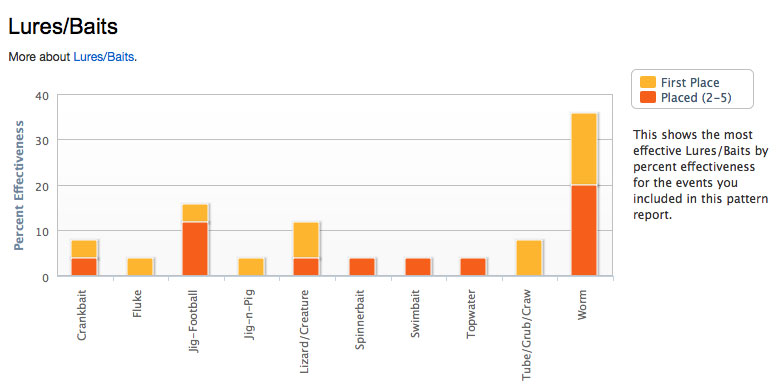
Does a worm sound nutty? Well, if you surf the pattern details in BassGold, it shows that worms figured big in, for example, the 2008 Elite at Falcon. Winner Paul Elias cranked and wormed; second-place finisher Terry Scroggins Carolina and Texas rigged a big worm; and third-place finisher Byron Velvick fished a swimbait and a worm.
Two points to reiterate:
- BassGold shows what definitely has worked, not what might work.
- You have to factor in your fishing experience and current lake conditions. In this case, Falcon is 30 feet low (but that’s typical) and is ideal for fishing around offshore structure, says Falcon guide Robert Amaya. But it’s possible other techniques will come into play, as BassGold shows.
Weights
Elias averaged about 33 pounds per day to win, and BassGold’s Weights by Month graph shows that that’s right in the historical range for winning and even high-placing weights this time of year at Falcon.
Elite winners have also blown out historical weight averages – Ish Monroe at Okeechobee last year comes to mind – so let’s see what happens.
Check out BassGold.com, a B.A.S.S. partner. Like your depthfinder, the more time you spend with it, the more you’ll get out of it. Save 15 percent on the one-year subscription price by using code BASS132 (case sensitive) when you sign up. Note that BassGold offers a three-day free trial.

